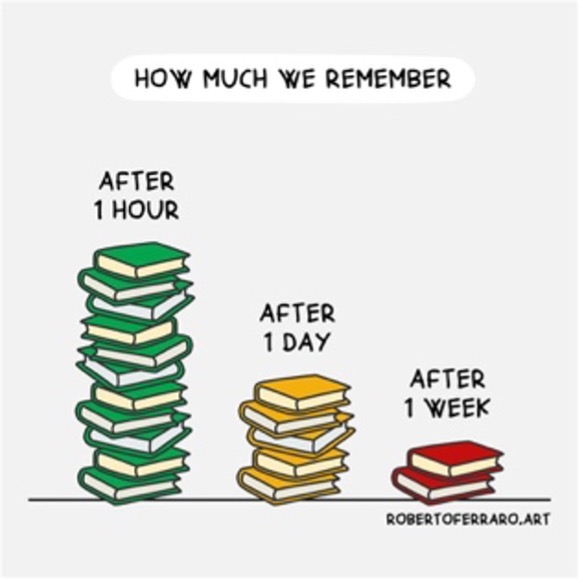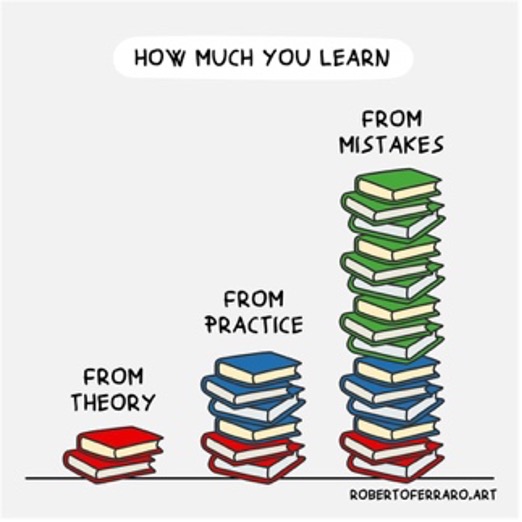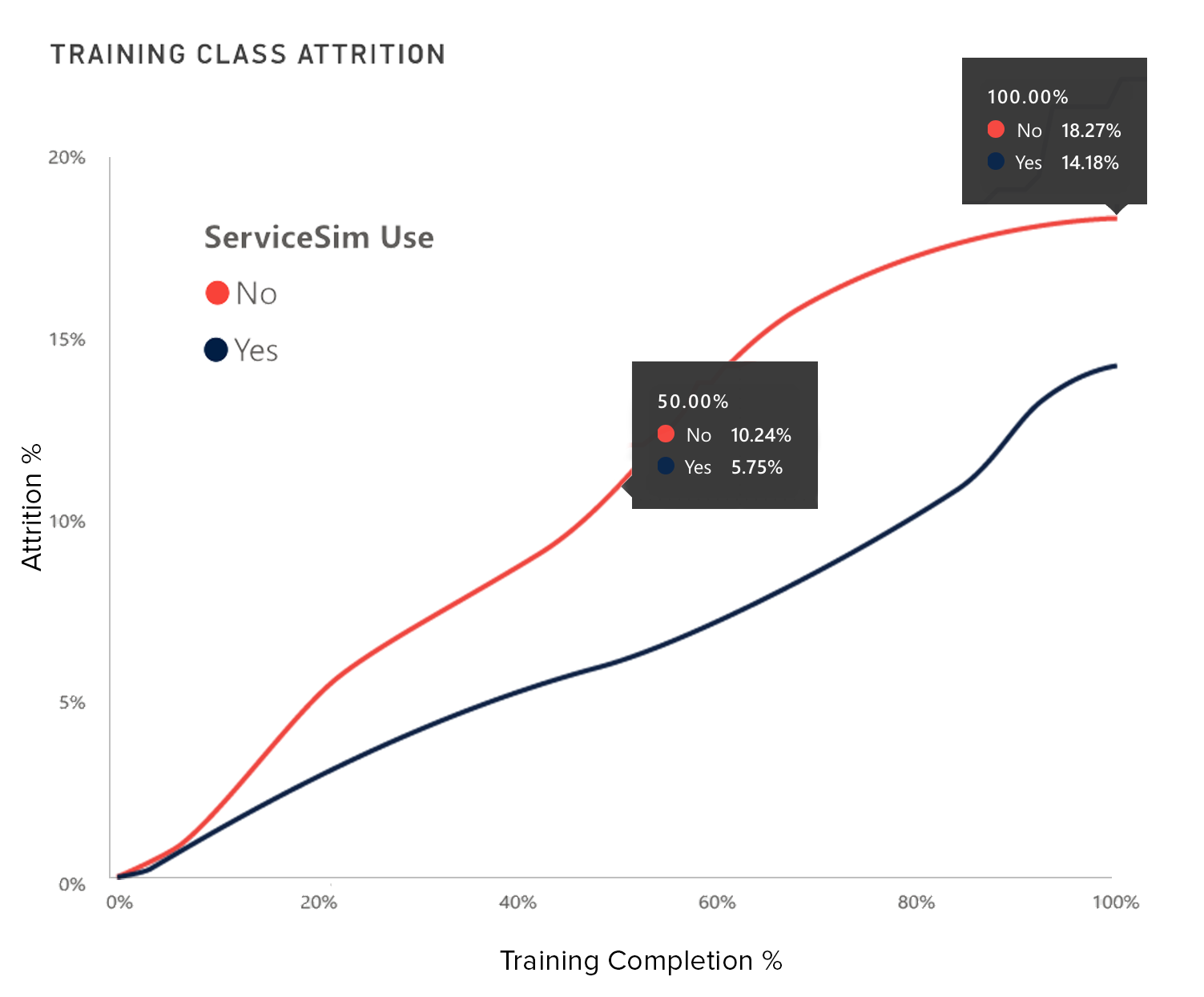Have you ever studied something, only to forget it just days later? If you’ve ever had this experience, you’re not alone. The reality is that our brains are wired to forget, and unless we actively reinforce what we learn, it fades away. Fortunately, science has shown that practice is the key to making knowledge stick – explaining why we forget, how we can combat it, and how to truly learn.
The Harsh Reality: We Forget Almost Everything

Psychologist Herman Ebbinghaus made a groundbreaking discovery with his research on the Forgetting Curve, showing that our brains naturally forget most of what we learn unless we intentionally reinforce it. Ebbinghaus’s work revealed that without review, we can forget up to 70% of newly learned material within a few days.
So, why does this happen? Our brains are designed to prioritize survival over remembering random facts, which is why we forget things unless they’re reinforced. It’s part of our brain’s natural process to focus on what’s necessary for survival and let go of non-essential information. The good news is there is a way to work around this flaw – it’s all about consistent and active practice.
How to Fight the Forgetting Curve
While forgetting is a natural process, there are effective strategies to ensure what we learn sticks. The best way to retain knowledge and make it long-lasting is through consistent practice. Here’s how you can do that:
- Spaced Repetition – Instead of cramming all at once, review material over days or weeks to strengthen memory. Spaced repetition involves reviewing material at increasing move information into long-term storage.
- Active Recall – Don’t just passively read your notes – test yourself. Actively trying to recall the information forces your brain to retrieve it, which strengthens neural connections and improves memory retention. The act of recalling is far more effective than re-reading.
- Teaching Someone – One of the most effective ways to reinforce what you’ve learned is to teach it to someone else. When you explain a concept, it forces you to not only recall the information but to understand it deeply. Teaching compels you to fill in the gaps in your knowledge, making the learning process more active and durable.
The Secret to Learning More

Many of us fear failure, but research shows that making mistakes is one of the most powerful learning tools. When we make errors, our brains actively engage in problem-solving and correction, which strengthens the neural pathways associated with that knowledge. This is why trial and error, experimentation, and real-world experience are crucial for mastery.
- Stop over-relying on theory – Yes, books and lectures are useful, but they are only a starting point. Theory provides the foundation, but practice builds the solution. Apply what you learn ASAP.
- Make mistakes – The best lessons come from mistakes. Don’t be afraid to mess up – it’s how your brain learns to evolve and build stronger connections.
- Practice in real-world situations – The more senses and real-world experience you involve, the stronger your memory and understanding will be.
Your brain is powerful, but it thrives on action. So next time you want to master something, don’t just passively absorb information– practice, experiment, and embrace mistakes. This active engagement is what solidifies your learning and turns new information into long-lasting knowledge. By using strategies liked spaced repetition, active recall, and teaching others,
combined with a mindset that embraces failures and real-world application, you’ll conquer the forgetting curve. That’s how true learning happens.
SUBSCRIBE FOR EMAIL UPDATES

